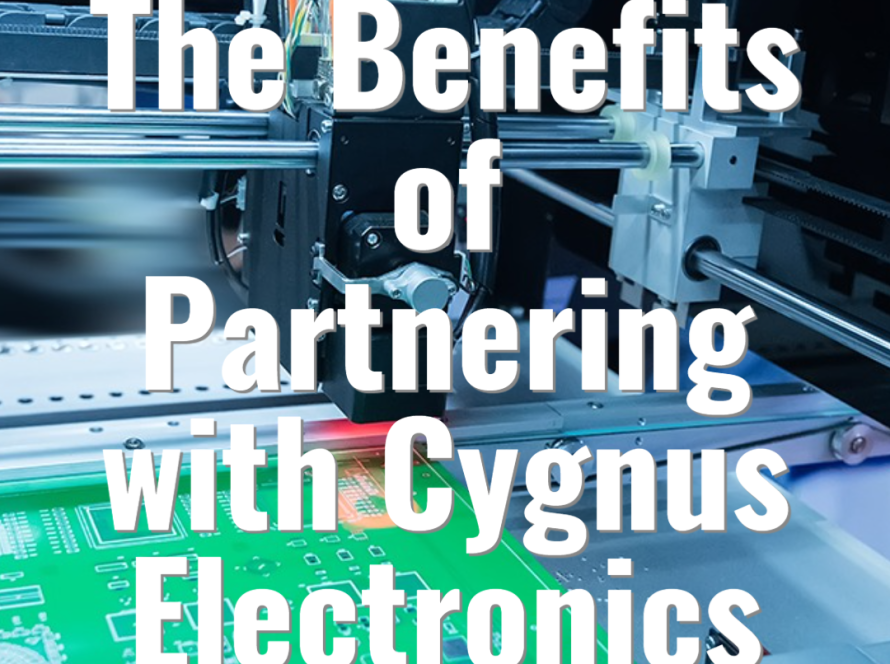In our tech-driven world, electronic devices like smartphones, computers, and tablets have become essential parts of our daily lives. But what happens to these gadgets once they reach the end of their lifespan? Unfortunately, many of them end up as electronic waste, or e-waste and contribute to environmental pollution and resource depletion.
However, hidden within these discarded electronics lies a valuable resource that often goes unnoticed, gold. Yes, you read that right!
Gold can be extracted from electronic devices. It provides a lucrative opportunity to not only reduce e-waste but also to turn it into gold.
Understanding E-Waste and Its Impact
Before getting into the process of extracting gold from electronic devices, it’s essential to understand the significance of e-waste and its environmental impact.
E-waste comprises discarded electronic devices, ranging from old smartphones and laptops to outdated circuit boards and components.
Improper disposal of e-waste can lead to contamination of soil and water bodies. As well as pose health risks due to hazardous materials such as lead, mercury, and cadmium.
The Gold Mine Within Electronics
Many electronic devices contain small amounts of gold, primarily in their circuit boards and connectors.
While the concentration of gold in each device may be relatively low. The sheer volume of e-waste generated globally makes it a valuable source of this precious metal.
So, how exactly can we extract gold from these electronic treasures?
The Gold Extraction Process
Collection and Sorting:
The first step in the gold extraction process involves collecting electronic devices and sorting them based on their type and components. Devices such as smartphones, computers, and circuit boards are prime candidates for gold recovery.
Dismantling:
Once collected, the electronic devices are dismantled to access their internal components. This typically involves removing screws, casings, and other external parts to reveal the circuit boards and other valuable components.
Crushing and Grinding:
The next step is to crush and grind the electronic components into small pieces or powder. This increases the surface area and exposes the gold-containing parts for further processing.
Chemical Extraction:
Chemical methods are commonly used to extract gold from electronic components. Moreover, one of the most widely used techniques is cyanidation. It involves the use of cyanide solution to dissolve gold from the crushed electronic waste.
Electrolysis:
Electrolysis is another method used to extract gold from electronic devices. In this process, an electric current is passed through a solution containing gold ions, causing the gold to deposit onto a cathode.
Smelting:
Smelting is the final step in the gold extraction process. Where the gold-bearing material is heated to high temperatures to separate the gold from other metals and impurities. This results in the formation of gold bullion, which can be further refined into pure gold.
Is it Worth it?
Now, you might be wondering, is recovering gold from electronics worth the effort? The answer largely depends on various factors such as the quantity and quality of e-waste available, the efficiency of the extraction process, and the current market price of gold.
While extracting gold from electronic waste can be a profitable venture. It’s essential to consider the environmental and ethical implications associated with the process.
The Environmental Impact
While extracting gold from electronic waste has its economic benefits. It’s crucial to minimize its environmental footprint. The chemicals and processes involved in gold extraction can have adverse effects on the environment if not managed properly.
Therefore, responsible recycling practices, proper waste management, and the adoption of sustainable extraction techniques are essential to mitigate environmental impact.
Conclusion
Transforming e-waste into gold is not just a futuristic concept, it’s a tangible reality with significant economic and environmental implications.
By extracting gold from electronic devices, we can not only reduce the amount of e-waste ending up in landfills but also recover a valuable resource that can be reused and recycled.
However, it’s imperative to approach gold extraction from electronic waste responsibly. And consider both its economic benefits and environmental consequences. Through innovation, technology, and sustainable practices, we can turn trash into treasure while safeguarding the planet for future generations.
So, the next time you discard an old electronic device, remember that it could be hiding a treasure trove of gold waiting to be reclaimed and repurposed.




